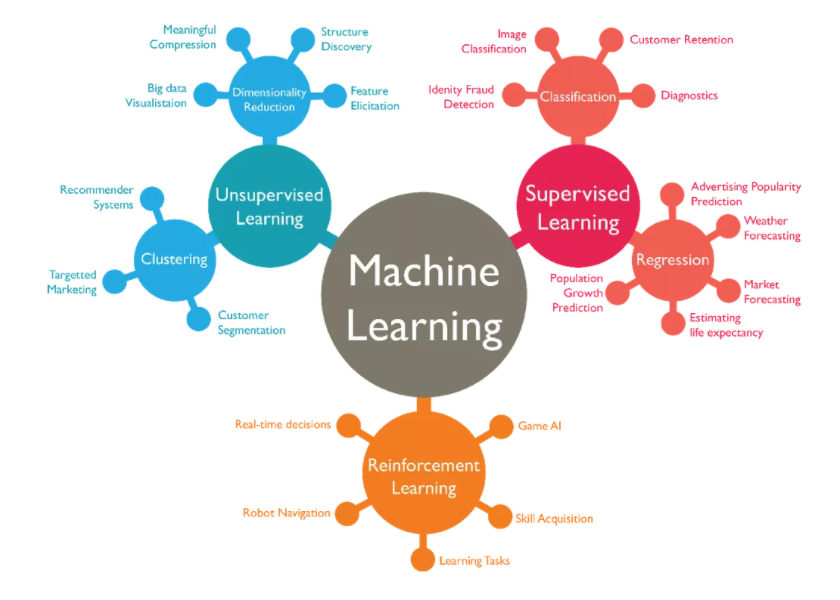Machine learning is a subfield of artificial intelligence (AI) that deals with the development and deployment of algorithms that learn from data. Machine learning algorithms have been shown to be effective in a variety of tasks, including image recognition, speech recognition, and playing games.
What is machine learning?
Machine learning is a field of artificial intelligence that deals with the design and development of algorithms that can learn from and make predictions on data.

What are the different types of machine learning?
There are three main types of machine learning: supervised learning, unsupervised learning, and reinforcement learning. Supervised learning is where the machine is given a set of training data, and it is then up to the machine to learn and generalize from that data. Unsupervised learning is where the machine is given data but not told what to do with it; it must learn from the data itself. Reinforcement learning is where the machine interacts with its environment in order to learn what actions will lead to the best outcomes.
Supervised learning
In supervised learning, the machine is given a set of training data, and the desired output for each data point. The machine then learns to produce the desired output for new data points. This is the most common type of machine learning, and it can be used for tasks like classification and regression.
Unsupervised learning
Unsupervised learning is a type of machine learning algorithm that looks for patterns in data without any pre-specified labels. This can be contrasted with supervised learning, which includes algorithms that use training data that has been labeled by humans. Semi-supervised learning is a middle ground between the two, where some of the training data is labeled and some is not.
There are many different types of unsupervised learning algorithms, but they can generally be divided into two main categories: clustering and dimensionality reduction. Clustering algorithms group together similar data points, while dimensionality reduction algorithms reduce the number of variables in the data while maintaining as much information as possible.
Some popular unsupervised learning algorithms include k-means clustering, support vector machines, and Principal Component Analysis (PCA).
Reinforcement learning
Reinforcement learning is a type of machine learning that focuses on making decisions in order to maximize a goal. In other words, it helps machines learn by trial and error, just like humans do.
This learning method is different from supervised learning, in which the data is labeled and the model is told what to do. In reinforcement learning, the model is not given explicit instructions; instead, it learns by observing the environment and taking actions that result in rewards. This process is similar to how we learn new skills: we try something, see if it works, and adjust our behavior accordingly.
There are many applications for reinforcement learning, such as optimizing webpages for conversion rate or managing energy consumption in buildings. But one of the most exciting uses for this technology is in robotics. Reinforcement learning can be used to teach robots how to perform tasks such as navigation and manipulation.
If you’re interested in learning more about reinforcement learning, there are plenty of resources available online. The blog section of this website is a great place to start!
Semi-supervised learning
In machine learning, semi-supervised learning is a method of training models that uses both labeled and unlabeled data. It can be seen as a combination of supervised and unsupervised learning. Semi-supervised learning is often used when there is not enough labeled data to train a model using supervised learning techniques.
There are two main types of semi-supervised learning: self-training and co-training. In self-training, a model is first trained on the labeled data. Then, the model is used to label the unlabeled data. This process is then repeated until the model converges. Co-training is similar, but instead of using one model to label the data, two models are trained simultaneously on different subsets of the data.
Transfer learning
Transfer learning is a technique that allows you to use the knowledge learned by a machine learning model on one task to improve the performance of a machine learning model on another task. This is particularly useful when the data for the new task is limited or unavailable.Transfer learning is a powerful technique for training machine learning models and can be used to improve the performance of models on a variety of tasks.
